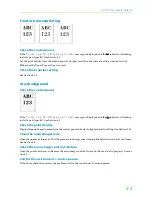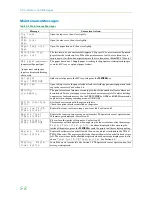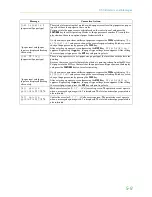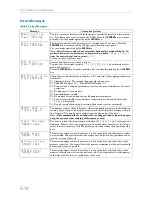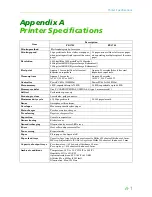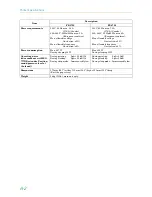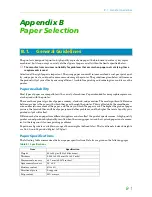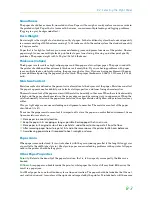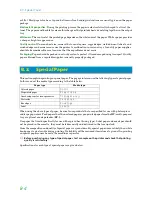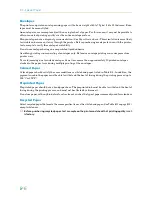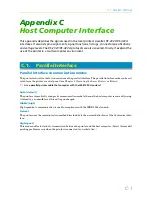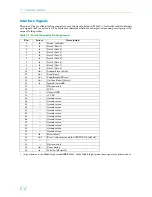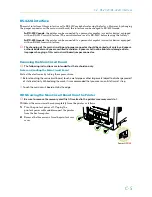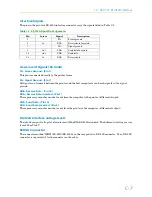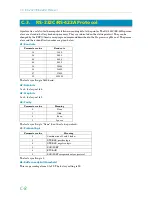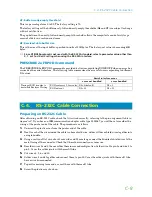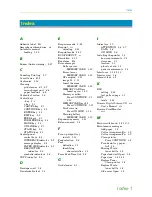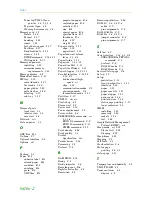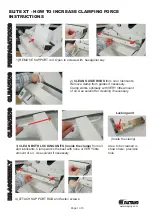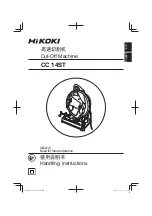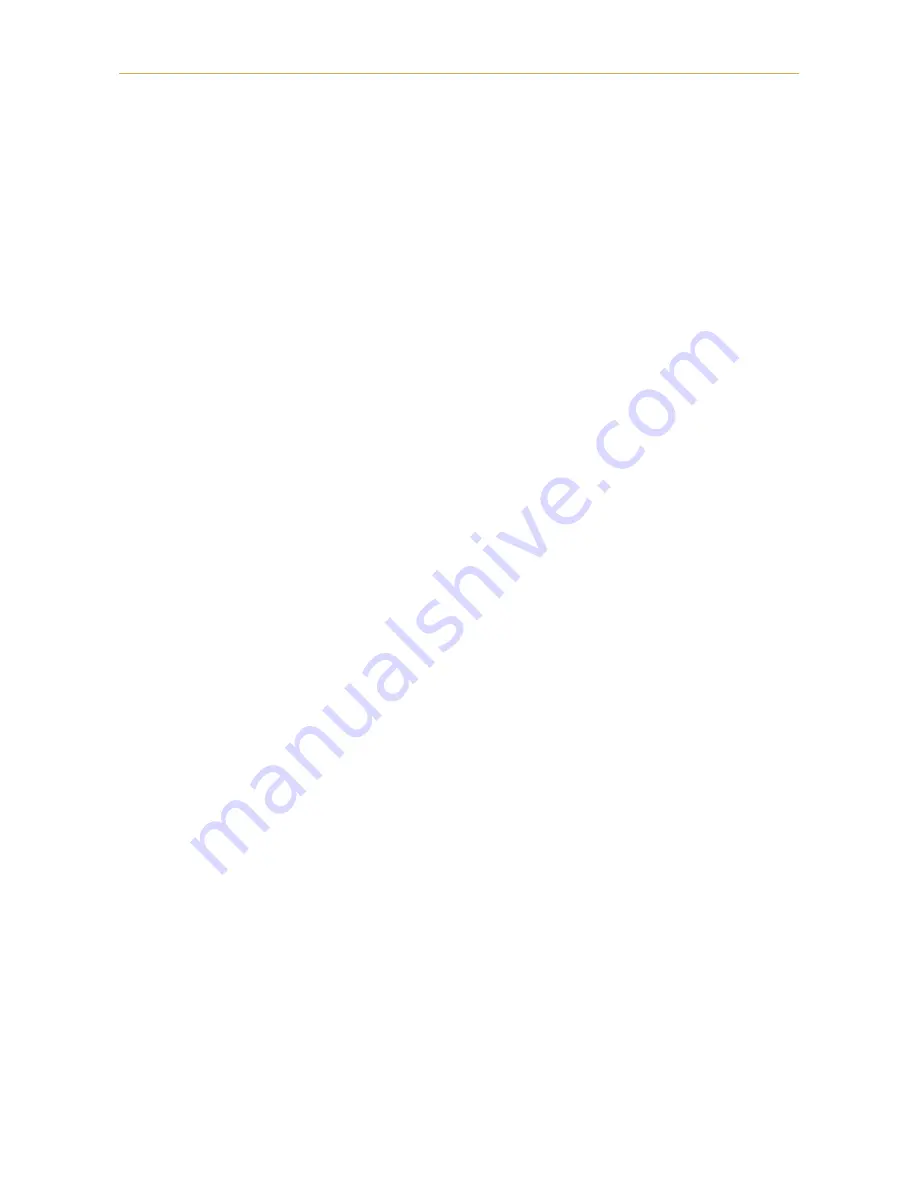
B.2. Selecting the Right Paper
B-3
Smoothness
The paper should have a smooth, uncoated surface. Paper with a rough or sandy surface can cause voids in
the printed output. Paper that is too smooth, however, can cause multiple feeding and fogging problems.
(Fogging is a gray background effect.)
Basis Weight
Basis weight is the weight of a standard quantity of paper. In the traditional system the standard quantity
is a ream consisting of 500 sheets measuring 17 × 22 inches each. In the metric system the standard quantity
is 1 square meter.
Paper that is too light or too heavy can cause misfeeding, jams, and premature wear of the printer. Uneven
paper weight can cause multiple feeds, print defects, poor toner fusing, blurring, and other print quality
problems. The proper weight is 60 to 90 g/m² (16 to 24 lbs/ream).
Thickness (Caliper)
Thick paper is referred to as high-caliper paper and thin paper as low-caliper paper. The paper used with
the printer should be neither extremely thick nor extremely thin. If you are having problems with paper
jams, multiple feeds, and faint printing, the paper may be too thin. If you are having problems with paper
jams and blurred printing the paper may be too thick. The proper thickness is 0.086 to 0.110 mm (3.4 to 4.3
mils).
Moisture Content
Moisture content is defined as the percent ratio of moisture to the dry mass of the paper. Moisture can affect
the paper's appearance, feedability, curl, electrostatic properties, and toner fusing characteristics.
The moisture content of the paper varies with the relative humidity in the room. When the relative humidity
is high and the paper absorbs moisture, the paper edges expand, becoming wavy in appearance. When the
relative humidity is low and the paper loses moisture, the edges shrink and tighten, and print contrast may
suffer.
Wavy or tight edges can cause misfeeding and alignment anomalies. The moisture content of the paper
should be 4% to 6%.
To ensure the proper moisture content it is important to store the paper in a controlled environment. Some
tips on moisture control are:
❒
Store paper in a cool, dry location.
❒
Keep the paper in its wrapping as long as possible. Rewrap paper that is not in use.
❒
Store paper in its original carton. Place a pallet etc. under the carton to separate it from the floor.
❒
After removing paper from storage, let it stand in the same room as the printer for 48 hours before use.
❒
Avoid leaving paper where it is exposed to heat, sunlight, or damp.
Paper Grain
When paper is manufactured, it is cut into sheets with the grain running parallel to the length (long grain)
or parallel to the width (short grain). Short grain paper can cause feeding problems in the printer. All paper
used in the printer should be long grain.
Other Paper Properties
Porosity:
Refers to the density of the paper structure; that is, to how openly or compactly the fibers are
bonded.
Stiffness:
Limp paper can buckle inside the printer, while paper that is too stiff may bind. Either way the
result is a paper jam.
Curl:
Most paper has a natural tendency to curl in one direction. The paper should be loaded so that the nat-
ural curl is downward, to counteract the upward curl imparted by the printer. Printed sheets will then come


